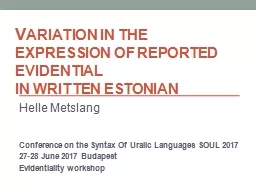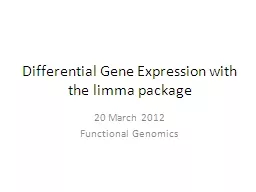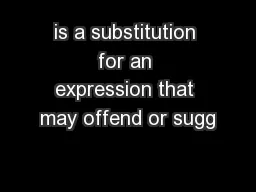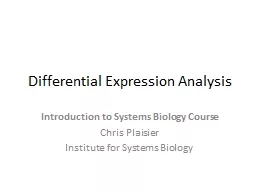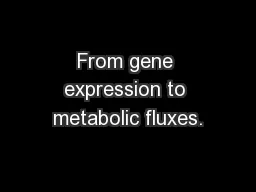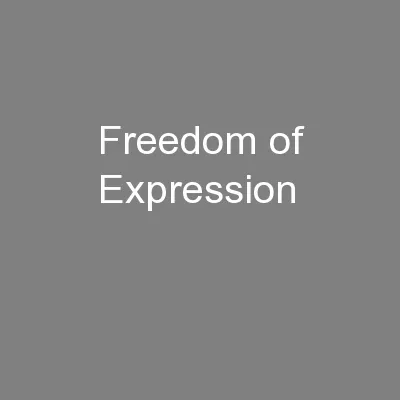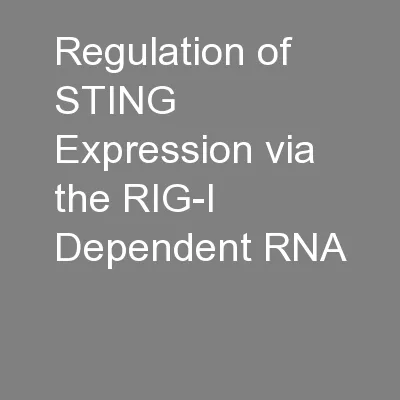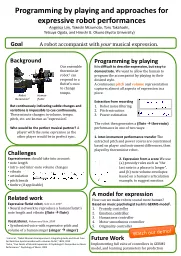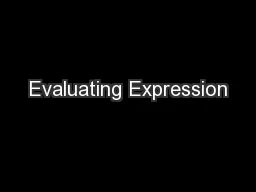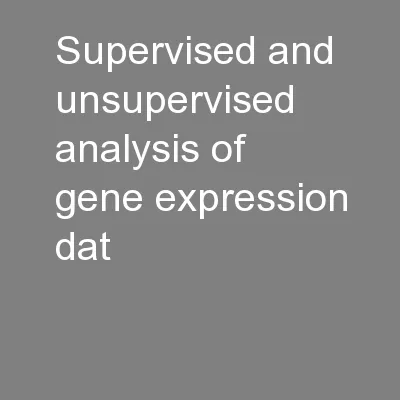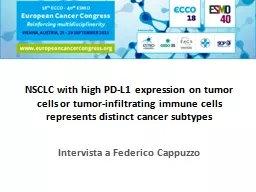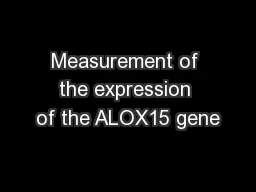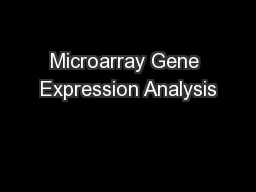PPT-V ariation in THE expression of
Author : likets | Published Date : 2020-11-06
re ported evidential in written Estonian Helle Metslang Conference on the Syntax Of Uralic Languages SOUL 201 7 2728 June 2017 Budapest Evidentiality
Presentation Embed Code
Download Presentation
Download Presentation The PPT/PDF document "V ariation in THE expression of" is the property of its rightful owner. Permission is granted to download and print the materials on this website for personal, non-commercial use only, and to display it on your personal computer provided you do not modify the materials and that you retain all copyright notices contained in the materials. By downloading content from our website, you accept the terms of this agreement.
V ariation in THE expression of: Transcript
Download Rules Of Document
"V ariation in THE expression of"The content belongs to its owner. You may download and print it for personal use, without modification, and keep all copyright notices. By downloading, you agree to these terms.
Related Documents

